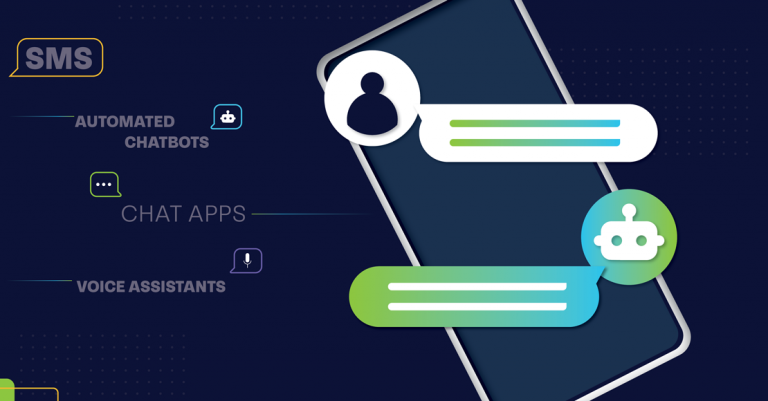
SMS texting turns 25
Prepare yourself to feel old … very old. The world’s first SMS was sent on December 3rd, 1992, by British engineer Neil Papworth when he wrote “Merry Christmas” and sent the message from a computer to the mobile phone of Vodafone director Richard Jarvis during their year-end function.
SMS is just as relevant today as the Biebs
If you’re not feeling too old yet, consider the fact that SMS is pretty much a millennial. The text message is the same age as Nick Jonas, Mylie Cyrus, Demi Levato, and Selena Gomes. It’s also older than Justin Bieber – but still just as relevant as the Biebs is today.
Of course, SMS messages were far from being as ubiquitous back in 1992 as they are today. Cellular networks weren’t quite ready yet, and neither were mobile phones. Jarvis’ phone, the Orbitel 901, would probably fill up your laptop backpack. The phone didn’t even have a keypad so Jarvis wasn’t able to reply yet, but the basic principle was there and it hasn’t changed much since.
Nokia blazes the SMS trail
For some years, Nokia led the race to bring SMS text messaging to the masses. The Finnish cellphone giant released the first mobile phone capable of P2P (peer-to-peer) messaging in 1993 and released the full physical QWERTY keyboard on a mobile phone in 1997.
It didn’t take mobile networks long to start cheering SMS along and hailing it as a faster (and cheaper) communication channel than voice calls. They started allowing users to send SMS text messages to people on different carrier networks and turned the humble SMS into a global billion-dollar industry.
SMS text messaging volumes surpass voice calls
In 2007, Apple released the first iPhone and smartphones quickly started becoming mainstream. But it was also a milestone year for SMS. More text messages were sent in 2007 than calls made from mobile phones. Our humble SMS was properly in business. It remained the top mobile communication channel despite fighting new smartphone apps for real estate on users’ screens.
There’s no turning back
There’s very little doubt that SMS has influenced communication over the years and, another decade later, SMS text messaging is still as relevant, and prominent, as ever. With its 98% open rate within 90 seconds of the near instant delivery, SMS is still viewed by companies globally as a top marketing and customer service channel.
Even with the rise of instant messaging channels such as iMessage, WhatsApp, and Facebook Messenger, SMS is still used to reach over 6 billion mobile phone users around the world – that’s 85% of the global population. And, the fact that even the most basic feature phone can send and receive text messages, and the ongoing growth of A2P (application-to-peer) SMS in developing countries, certainly means that unlike sensations like the Biebs, it’s definitely not going away anytime soon.
Read more about the benefits of SMS text messaging for businesses, or, download our mobile marketing guide to learn how you can use SMS to create an integrated, personalized customer experience.
Explore other articles
Step into the future of business messaging.
SMS and two-way channels, automation, call center integration, payments - do it all with Clickatell's Chat Commerce platform.








